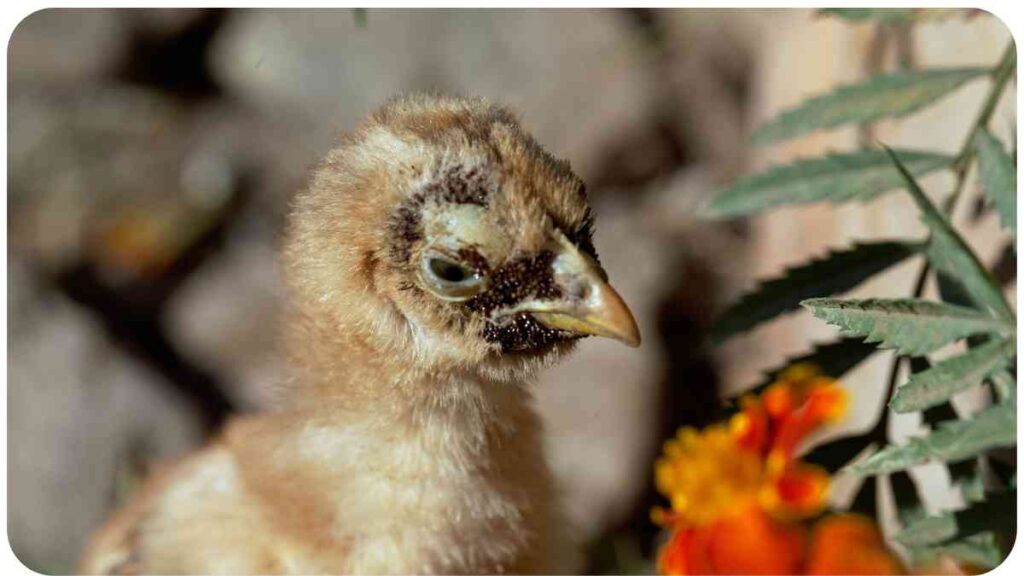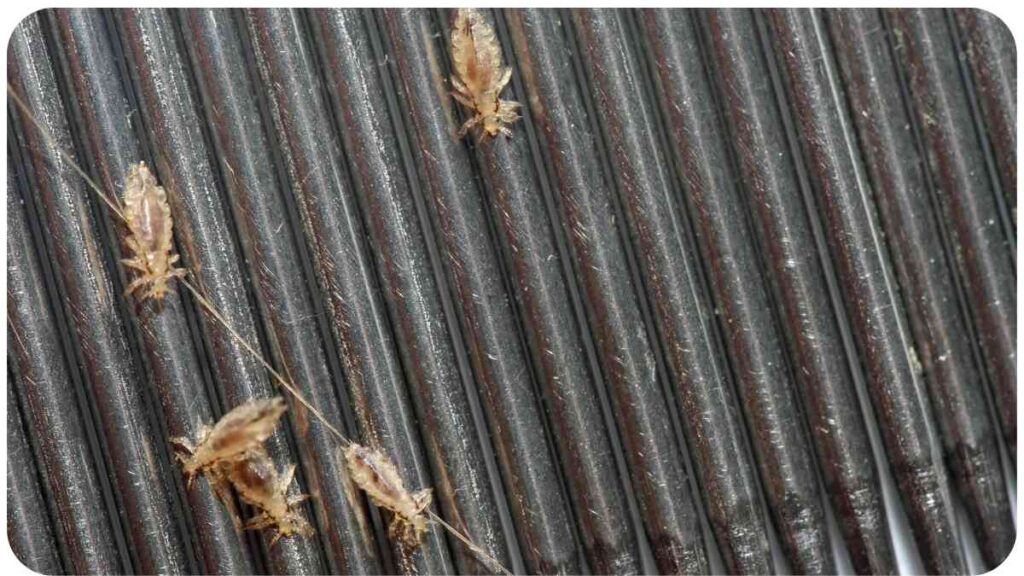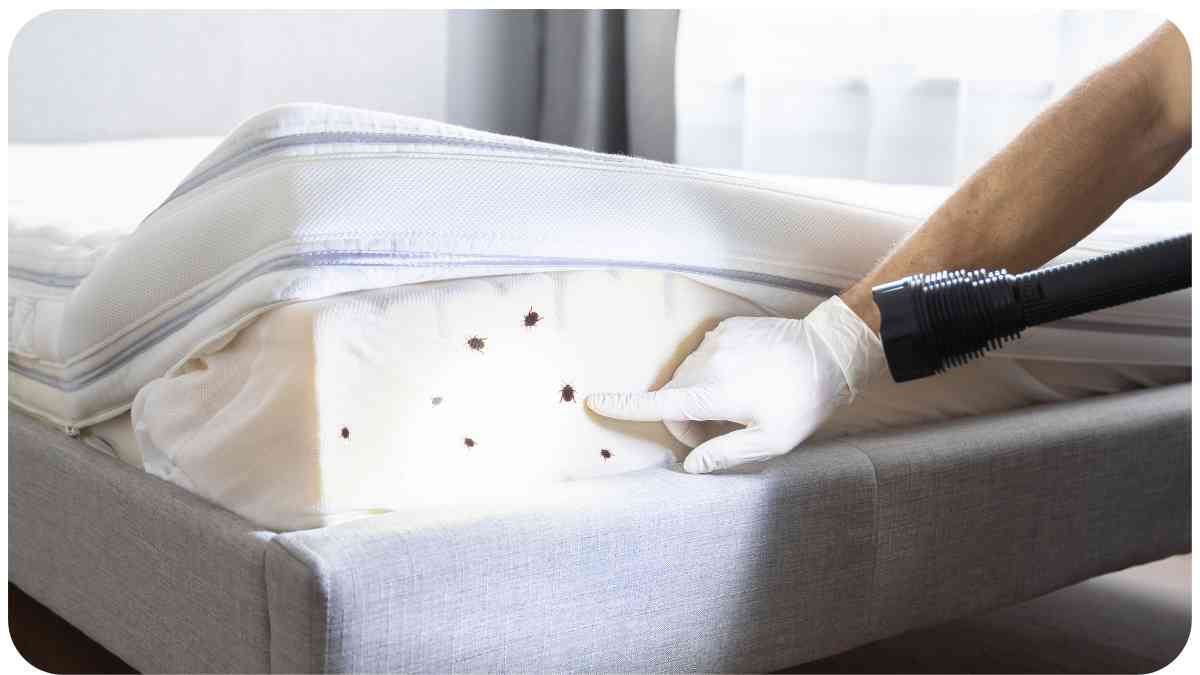Flea infestations can be a nuisance for both humans and pets. These tiny, blood-sucking pests seem to appear out of nowhere, causing itching, discomfort, and frustration. To effectively combat these infestations, it’s crucial to understand the flea life cycle.
In this article, we will delve into the world of fleas, exploring their life stages, how to recognize an infestation, and effective treatment strategies. Drawing from my professional experience, I’ll provide insights and tips to help you tackle flea problems with confidence.
| Takeaways |
|---|
| – Flea infestations can be controlled effectively by understanding the four key stages of the flea life cycle: egg, larva, pupa, and adult. |
| – Recognizing the signs of a flea infestation, such as flea bites and excessive scratching in pets, is crucial for early intervention. |
| – Prevention is the best strategy, including regular pet care, vacuuming, and maintaining a clean home environment. |
| – Home remedies and chemical treatments are both options for flea control, but they should be used with caution and according to instructions. |
| – Consistency and vigilance are essential in the ongoing battle against fleas, ensuring a flea-free home and happy, healthy pets. |
2. The Flea Life Cycle
Fleas go through four distinct life stages, each with its unique characteristics and vulnerabilities. Understanding these stages is essential for effective control.
Understanding the life cycle of fleas is crucial for effective infestation control. To address this issue, recognize signs in pets, and take prompt action with vet-approved solutions.
2.1. Egg Stage
Flea infestations start with eggs laid on the host animal, such as your pet. These tiny, oval eggs are barely visible to the naked eye and can easily fall off onto carpets, bedding, or furniture.
Table 1: Flea Egg Characteristics
| Characteristic | Description |
| Size | 0.5mm |
| Color | White/Clear |
| Location | Attached to host or environment |
| Hatch Time | 2 days to 2 weeks |
Understanding the Life Cycle of Fleas is essential for effective treatment and prevention. Let’s dive deeper into each stage of this cycle and explore how to combat infestations effectively.
2.2. Larval Stage
Once the eggs hatch, they give rise to flea larvae. These worm-like creatures avoid light and thrive in dark, humid environments, such as carpets and pet bedding.
Table 2: Flea Larvae Characteristics
| Characteristic | Description |
| Size | 1.5-5mm |
| Color | White to translucent |
| Habitat | Dark, humid environments |
| Diet | Organic debris |
The larval stage is a critical point in the flea life cycle. Understanding their characteristics helps us target them effectively during treatment.
When dealing with fleas, simplicity is key. Explore a simple guide for effective flea removal methods. Implementing these strategies helps eliminate fleas from your environment efficiently.
2.3. Pupal Stage
Larvae eventually spin a protective cocoon, entering the pupal stage. They can remain dormant within these cocoons for several weeks or even months.
Table 3: Flea Pupa Characteristics
| Characteristic | Description |
| Size | 3-5mm |
| Color | White, but darkens with age |
| Cocoon Material | Sticky, debris-covered |
Understanding the pupal stage’s characteristics is crucial because pupae are less susceptible to most treatments, making them a hidden threat during an infestation.
2.4. Adult Fleas
Adult fleas emerge from their cocoons when they sense a potential host nearby. They are ready to feed and reproduce, starting the cycle anew.
Table 4: Adult Flea Characteristics
| Characteristic | Description |
| Size | 1-4mm |
| Color | Dark brown to reddish-brown |
| Feeding Behavior | Blood-sucking parasites |
| Reproductive Rate | Up to 50 eggs per day |
Understanding the characteristics of adult fleas helps us recognize and target them effectively during treatment.
3. Recognizing Flea Infestations

Flea infestations can be sneaky, and early detection is essential for quick eradication. Here are some signs to watch for:
- Flea Bites: Itchy, red bumps on your skin or your pet’s skin.
- Excessive Scratching: Pets may scratch or groom excessively.
- Flea Dirt: Tiny black specks on your pet’s fur, often mistaken for dirt.
- Visible Fleas: Spotting live fleas on your pet or in your home.
- Allergic Reactions: Allergic individuals may develop severe skin reactions.
Keeping a flea-free house is essential for a healthy living space. Discover easy tips to get rid of fleas in your home. Follow these straightforward methods to ensure a pest-free and comfortable living environment.
4. The Importance of Understanding the Life Cycle
Knowing the flea life cycle is crucial because it dictates the timing and effectiveness of your treatment efforts. To successfully rid your home of fleas, you must address all life stages.
5. Effective Treatment Strategies
Now that we understand the flea life cycle let’s explore strategies for effective treatment and prevention.
5.1. Prevention
Preventing fleas is easier than dealing with an infestation. Use flea preventatives for your pets, maintain a clean home, and regularly groom your pets.
Table 5: Preventive Measures
| Measure | Description |
| Flea Preventatives | Topical or oral treatments |
| Vacuuming | Regularly vacuum carpets |
| Washing Bedding | Launder pet bedding frequently |
| Yard Maintenance | Keep the yard tidy and clear |
| Professional Pest Control | Consult experts if needed |
Preventing fleas involves a combination of measures to keep your home and pets safe.
5.2. Home Remedies
Many natural remedies can help control fleas. These can be particularly useful if you prefer chemical-free options.
Table 6: Home Remedies
| Remedy | Description |
| Diatomaceous Earth | Natural powder for carpets |
| Essential Oils | Lavender, eucalyptus, and more |
| Flea Collars | Homemade or store-bought |
| Herbal Sprays | DIY herbal repellents |
5.3. Chemical Treatments
When faced with a severe infestation, chemical treatments may be necessary. Consult your veterinarian or a pest control professional for guidance.
Table 7: Chemical Treatment Options
| Treatment | Description |
| Spot-On Products | Applied directly to your pet’s skin |
| Flea Foggers | Home-wide fogging for severe infestations |
| Insect Growth Regulators | Disrupt flea development |
| Professional Pest Control | Expert treatment for severe cases |
Chemical treatments should be approached with caution and used according to instructions to ensure safety for your pets and family.
Fleas on dogs require a vet-approved approach for effective elimination. Learn vet answers on getting rid of fleas on dogs. Implementing these expert solutions ensures the well-being of your furry companions.
6. Personal Experience: Dealing with a Flea Infestation

I’ve encountered my fair share of flea infestations during my career as an exterminator. One particular case stands out. I was called to a home with multiple pets, and the infestation had spiraled out of control. By understanding the flea life cycle and the importance of thorough treatment, we were able to successfully eliminate the infestation.
7. Expert Tips for Flea Control
Here are some expert tips to help you in your battle against fleas:
- Consistency: Stick to your chosen treatment method consistently.
- Consult Professionals: If the infestation persists, consult a pest control expert.
- Regular Pet Care: Maintain your pet’s hygiene and grooming routines.
- Environmental Control: Focus on treating your home environment.
- Monitor Progress: Keep a close eye on the situation to ensure improvement.
8. Recognizing Flea Bites and Allergies
Flea bites can cause itching and discomfort. Some individuals may develop allergies to flea saliva, resulting in more severe reactions. If you suspect flea bites, consult a healthcare provider for proper treatment.
9. The Role of Pets in Flea Infestations
Pets are often the carriers of fleas into your home. Regularly inspect and treat your pets to prevent infestations.
10. The Environmental Impact of Flea Treatments
While effective, some chemical treatments can have environmental consequences. Consider eco-friendly options if you’re concerned about the impact.
Mothballs not working against fleas? Explore alternative solutions to tackle this issue. Discover effective methods beyond mothballs to protect your home from fleas and maintain a pest-free living environment.
11. Safety Precautions
When using any treatment, prioritize safety. Keep chemicals out of reach of children and follow product instructions diligently.
12. Frequently Asked Questions
Let’s address some common questions about fleas and their control.
12.1. How long does it take to get rid of fleas?
The time it takes to eliminate fleas depends on the severity of the infestation and the chosen treatment method. It can take several weeks to completely eradicate them.
12.2. Can fleas infest humans?
While fleas prefer animal hosts, they can bite humans when pets are unavailable. However, they can’t establish a permanent infestation on humans.
12.3. Are natural remedies effective against fleas?
Natural remedies can be effective, but they may not work as quickly or thoroughly as chemical treatments. Consistency is key.
12.4. How often should I treat my home for fleas?
Regular preventive measures, such as vacuuming and pet care, should be ongoing. Chemical treatments should be applied as needed, typically every few months.
12.5. Can I prevent fleas without chemicals?
Yes, prevention without chemicals is possible through regular grooming, cleaning, and using natural repellents.
13. Conclusion
Understanding the life cycle of fleas is paramount in effectively treating and preventing infestations. By recognizing each stage and implementing appropriate strategies, you can safeguard your home and pets from these pesky parasites. Remember, consistency and vigilance are your allies in the battle against fleas.
Further Reading
Here are some additional resources to deepen your understanding of flea control and the flea life cycle:
- Victoria State Government Health and Human Services – Fleas and Pest Control: Explore comprehensive information on fleas and effective pest control methods from a reputable government source.
- PetMD – Understanding the Flea Life Cycle: PetMD provides valuable insights into the flea life cycle and its impact on your pets.
- Animed Direct – The Lifecycle of a Flea: Discover in-depth details about the flea life cycle and how it affects your pets’ health.
FAQs
How long does it take to eliminate a flea infestation?
The time needed to eliminate a flea infestation varies depending on the severity of the problem and the chosen treatment method. It can range from a few weeks to several months.
Can fleas infest humans?
While fleas prefer animal hosts, they can bite humans when pets are unavailable. However, they cannot establish a permanent infestation on humans.
What are the common signs of a flea infestation in pets?
Common signs of a flea infestation in pets include excessive scratching, flea dirt (tiny black specks), visible fleas on the pet’s fur, and allergic reactions like red, itchy skin.
Are natural remedies effective against fleas?
Natural remedies can be effective against fleas, but they may not provide the same rapid results as chemical treatments. Consistent application is essential for success.
How can I protect my home from future flea infestations?
To protect your home from future flea infestations, maintain regular pet grooming, vacuum frequently, wash pet bedding, and consider using preventive measures such as flea collars or topical treatments for your pets.

Hello! I’m Hellen James, and I write about how to keep pests from invading your home. For the last 10 years, I’ve been working in pest control and am excited to share my expertise with you!


